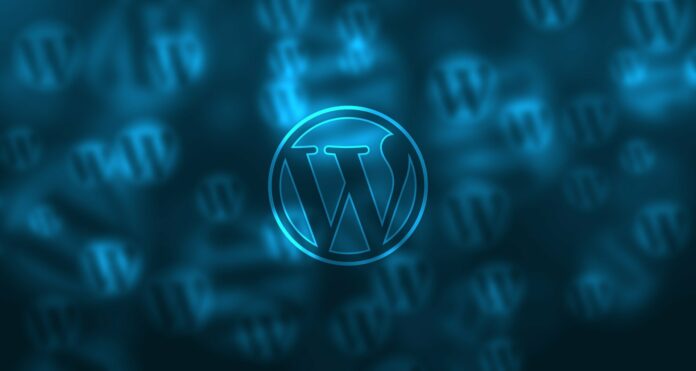Caching is a technique that helps to speed up the loading of a website by temporarily storing a copy of frequently accessed data. In the case of WordPress, caching can be implemented in a number of ways to improve the performance of a website.
One of the most popular and easiest ways to implement caching in WordPress is by using a caching plugin. These plugins can be easily installed and configured through the WordPress plugin repository. Some of the most widely used caching plugins for WordPress include WP Super Cache and W3 Total Cache. These plugins work by creating a static HTML version of a web page and serving that to users, rather than having the server dynamically generate the page each time it is requested. This can result in a significant reduction in the time it takes for a web page to load, as well as a reduction in the number of requests to the server.
Another way to implement caching in WordPress is by using a content delivery network (CDN) service such as Cloudflare or MaxCDN,. A CDN is a network of servers that are distributed across multiple locations around the world. These servers work together to distribute the load of a website across multiple servers in different locations, which can help to improve the performance of a website for users who are located far away from the server. By using a CDN, the static files of a website such as images, CSS and javascript are stored on the CDN servers and served to users from the closest location, which can decrease the load on the origin server and improve the speed of the website.
In addition to using caching plugins and CDN services, caching can also be implemented on the server-side. This can be done by configuring caching on the server itself, such as by using the Apache mod_cache module or the NGINX fastcgi_cache module. By configuring caching on the server-side, it is possible to create a caching layer that sits between the web server and the application server. This caching layer can be used to cache the entire web page, or specific parts of the web page, such as the header and footer.
It is important to note that while caching can make a significant difference in website performance, it is not a one-size-fits-all solution for performance issues. It may need to be combined with other optimization techniques such as image optimization, code optimization, and using a good hosting service to achieve best results. In addition, caching can also add an extra layer of complexity to the website, and it may require additional maintenance and troubleshooting.
In summary, caching is a powerful technique that can be used to improve the performance of a WordPress website. By implementing caching through a plugin, CDN service, or server-side configuration, it is possible to reduce the time it takes for a web page to load, as well as the number of requests to the server.



